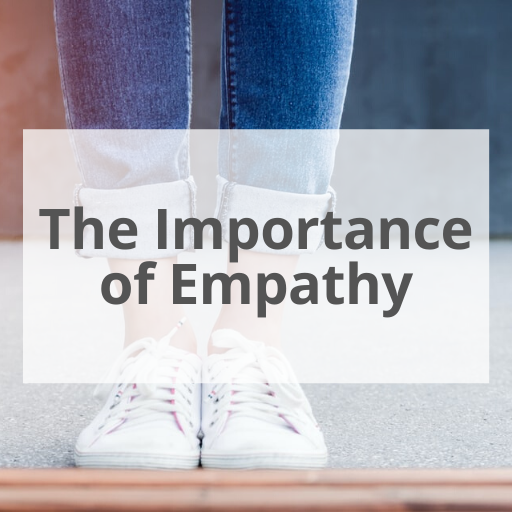Empathy, compassion and validation are a vital part of our company values.
Alongside our five other key values, we are committed to being compassionate in all that we do. The act of being compassionate goes hand-in-hand with empathy and validation, and allows us to offer the best support to the young people within our care, thus successfully assisting them through their journey to recovery.

But what exactly is empathy? And how does it relate to validation? Empathy can be understood using the metaphor of shoes – it is the act of placing yourselves in someone else’s shoes to understand how they feel. Naturally, depending on the condition of the shoes, the size, brand and style, you can’t always completely understand what it is like to wear the shoes of someone else. You can, however, use your own past experiences and knowledge to gain a good understanding of what other people’s shoes may feel like, which is where empathy comes in.

An important part of empathy is letting go of the idea that you must solve someone’s problems, or distract them from what they are feeling. Whilst this may sometimes be a useful tool, there are other occasions where the opposite is far more successful. By providing a safe space and an empathetic ear to someone, you can allow individuals to feel validated and less isolated in their feelings. This is how empathy and validation can work in perfect harmony to ensure you provide the best support, whether it’s for a colleague, friend or someone in your care.
Here is a great example of how empathy can be a useful tool when trying to comfort someone.
*Please also pay particular attention to the validating statements Sadness uses.
And, here we have some examples of how to encounter two different situations using empathy and validating statements:
Example 1: Your child comes to you one day clearly very upset, they explain it is because they feel like they did badly in an exam.
What not to say: “Oh, don’t cry! It will be okay, I am sure you did really well.”
What to say: “I can imagine why you are feeling upset right now, regardless of how you have done though, I am still proud of you.”

Example 2: You are a support worker in a mental health residential home and a young person is mourning the loss of their hamster.
What not to say: “It’s only a hamster, we can get you another one.”
What to say: “You must be feeling very sad about your loss at the moment, I bet he was a really lovely pet.”
At Care in Mind, we are devoted to ensuring the young people within our homes feel safe, cared-for and validated. A key way we achieve this is through practicing empathy, and using this guide, it is something you can apply to appropriate scenarios throughout your personal and professional life.
